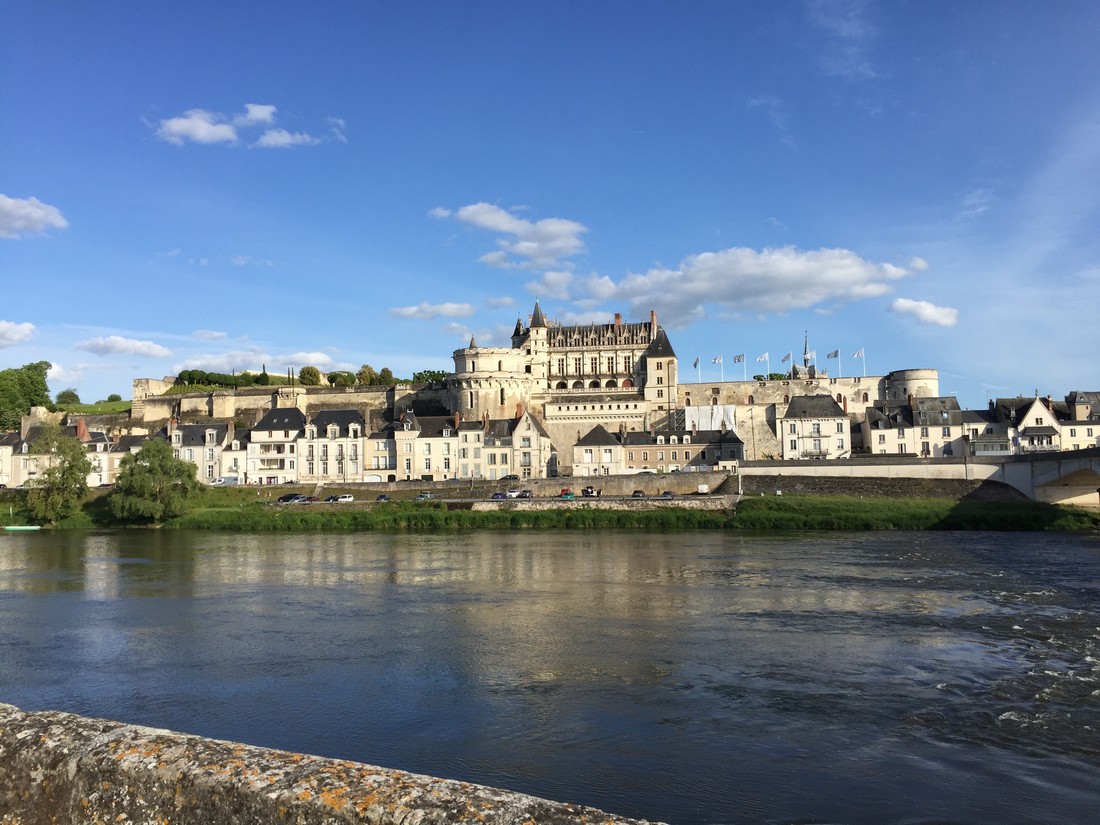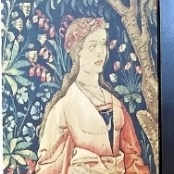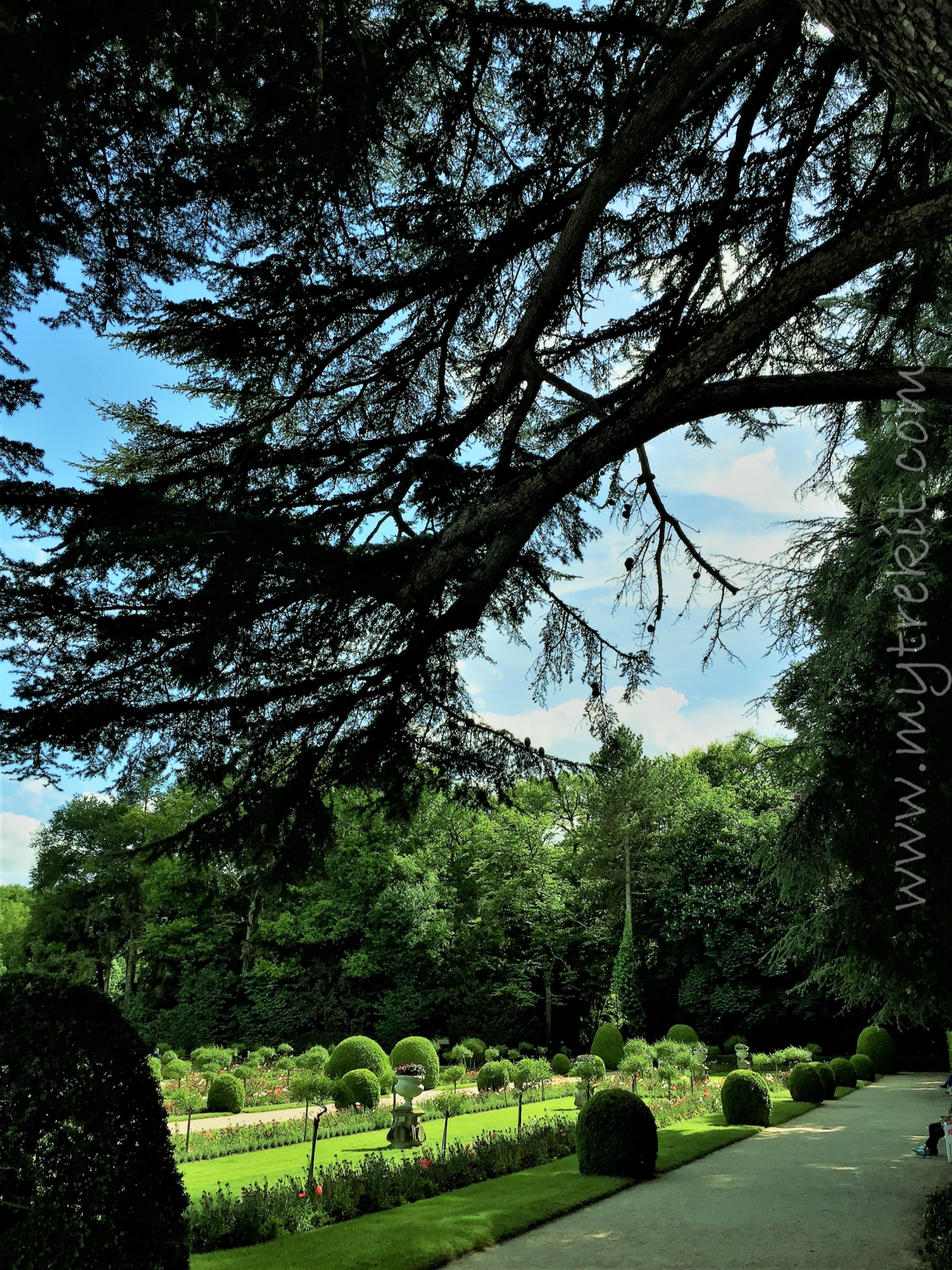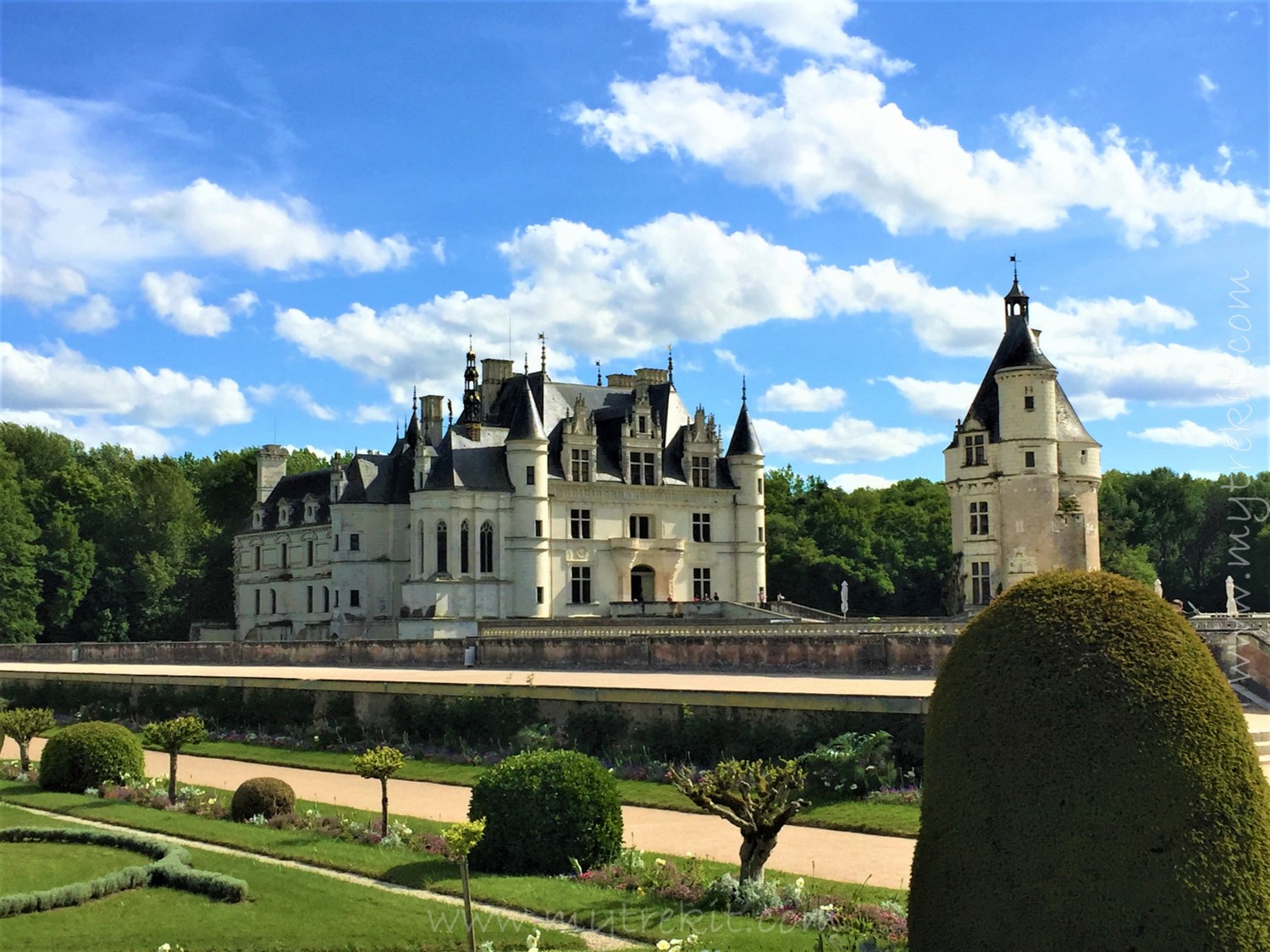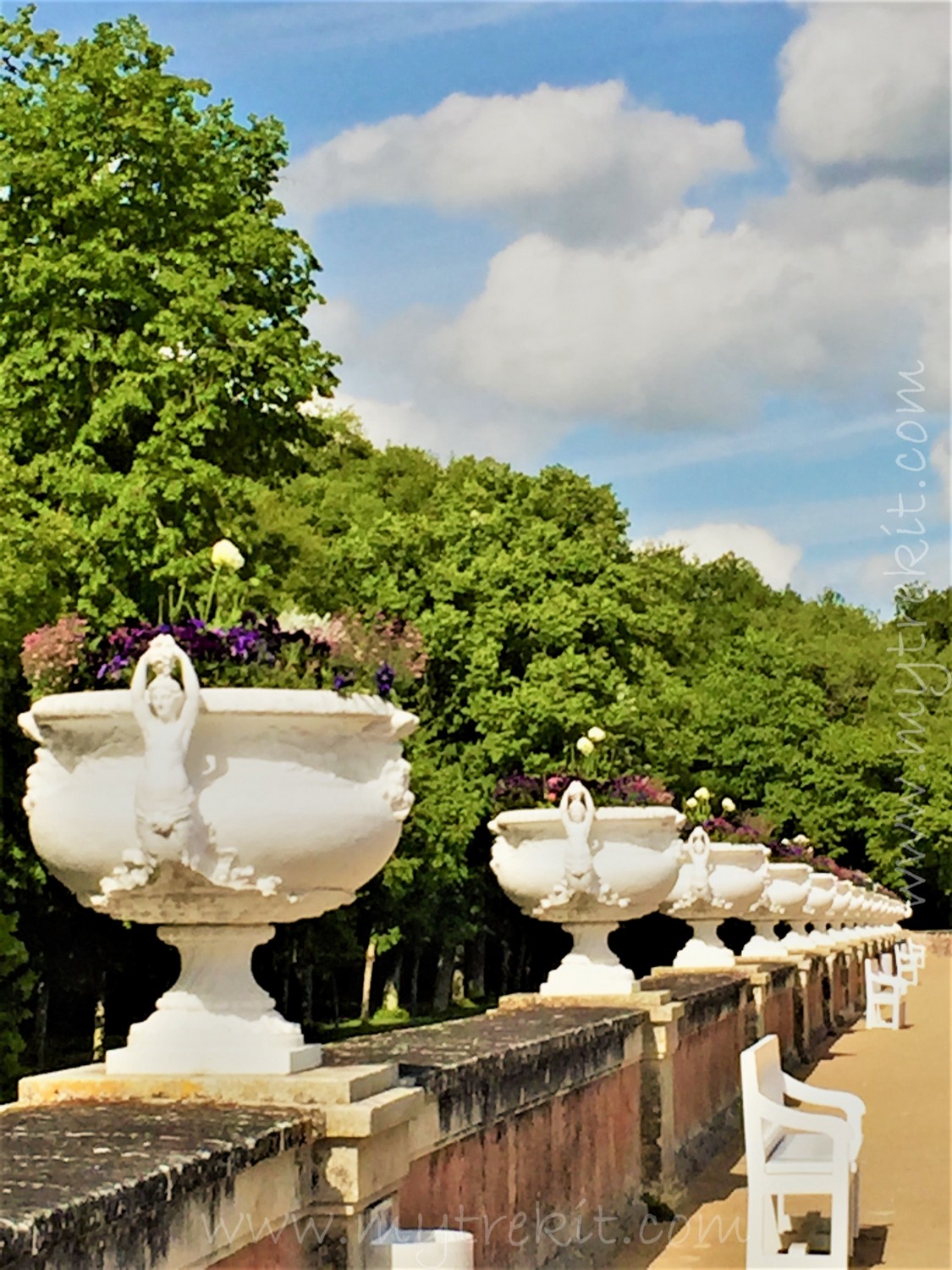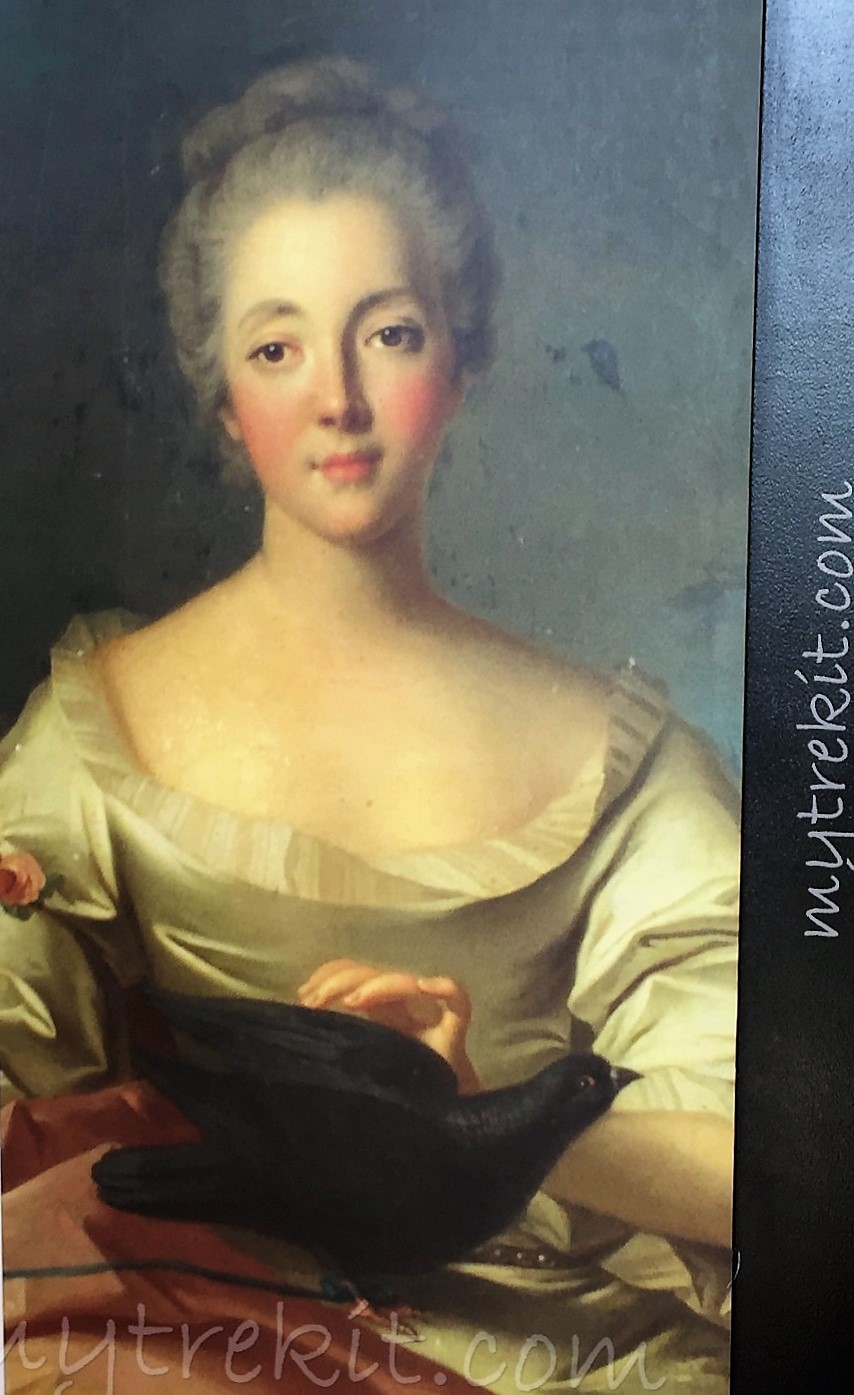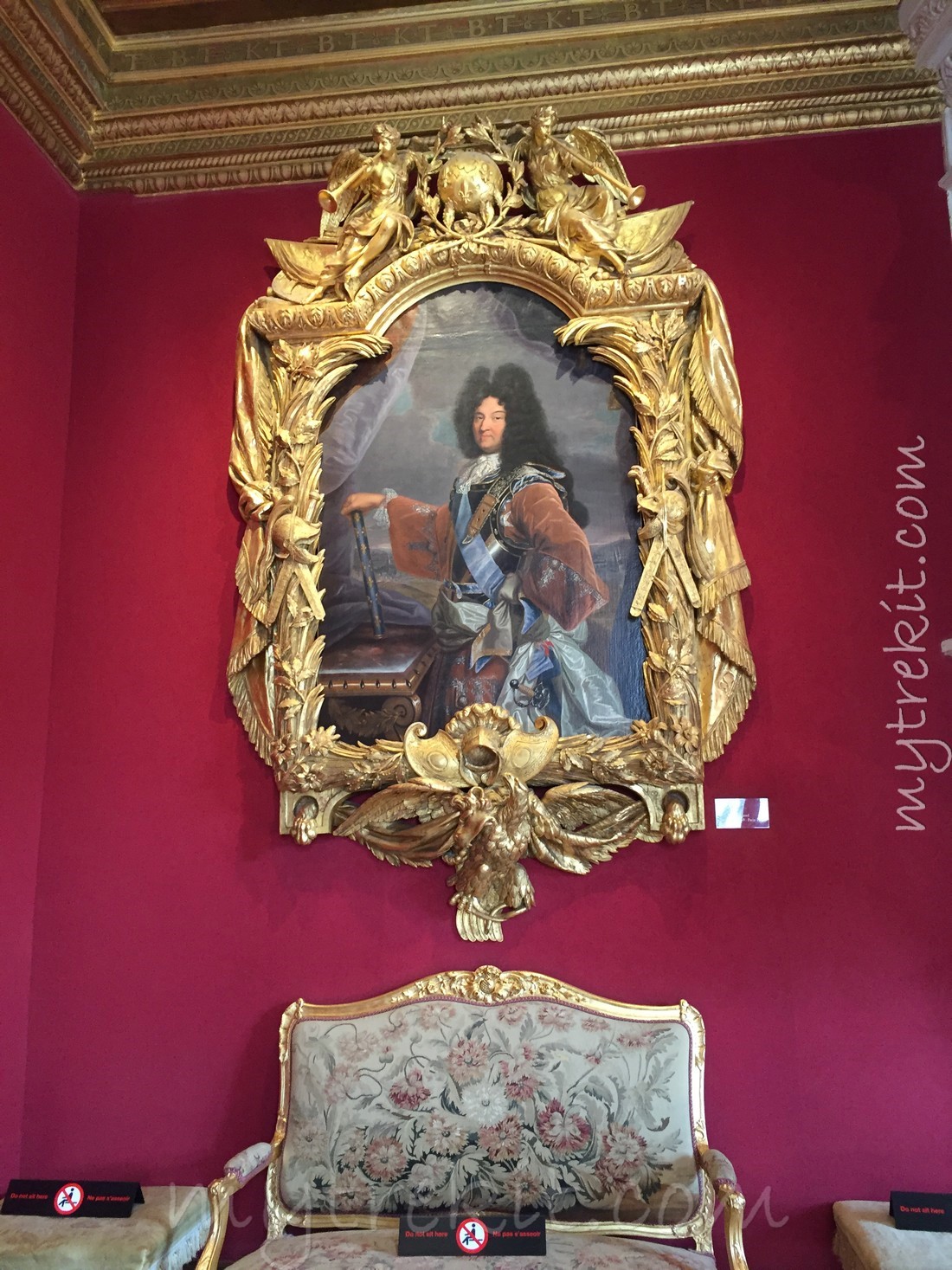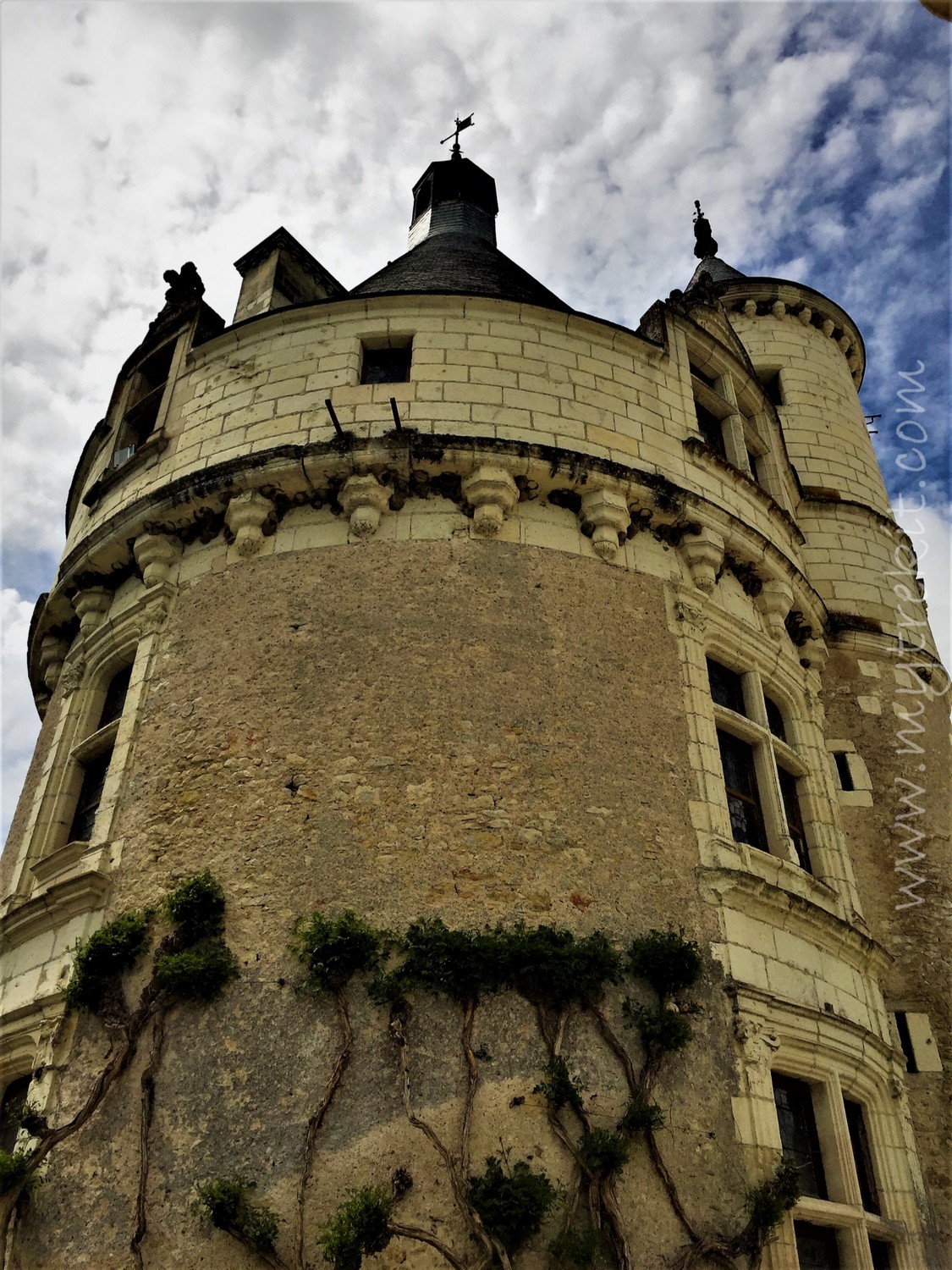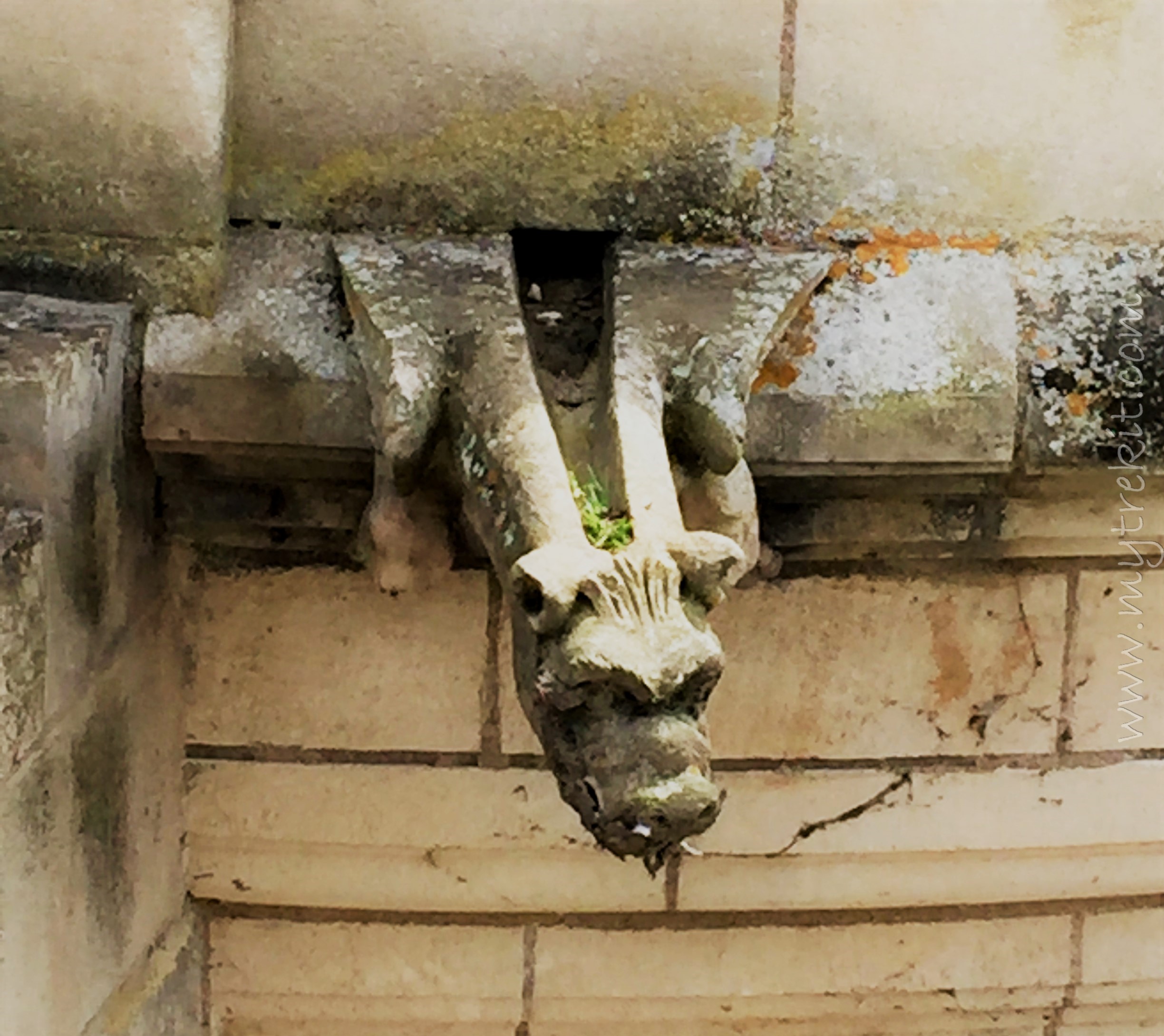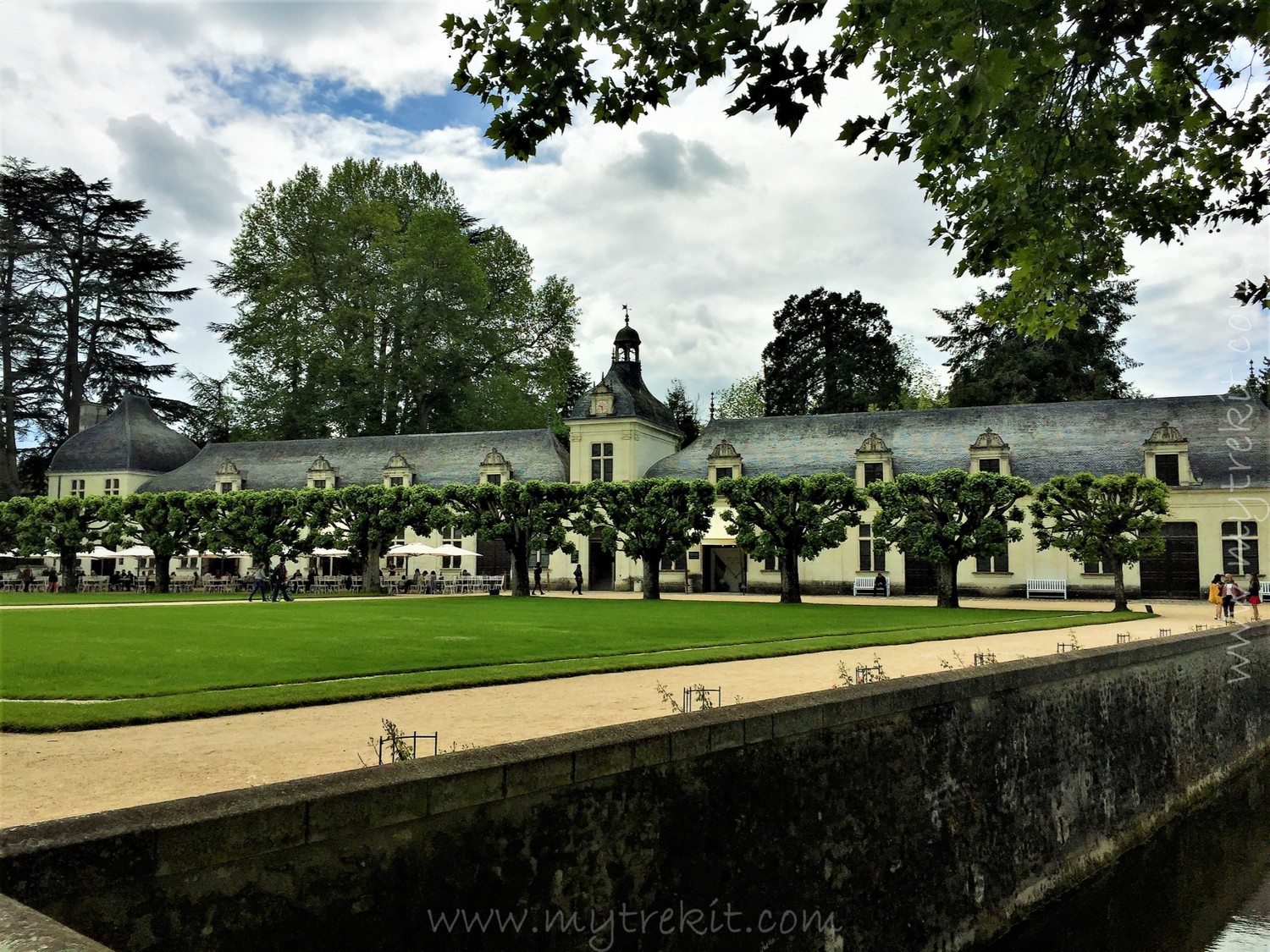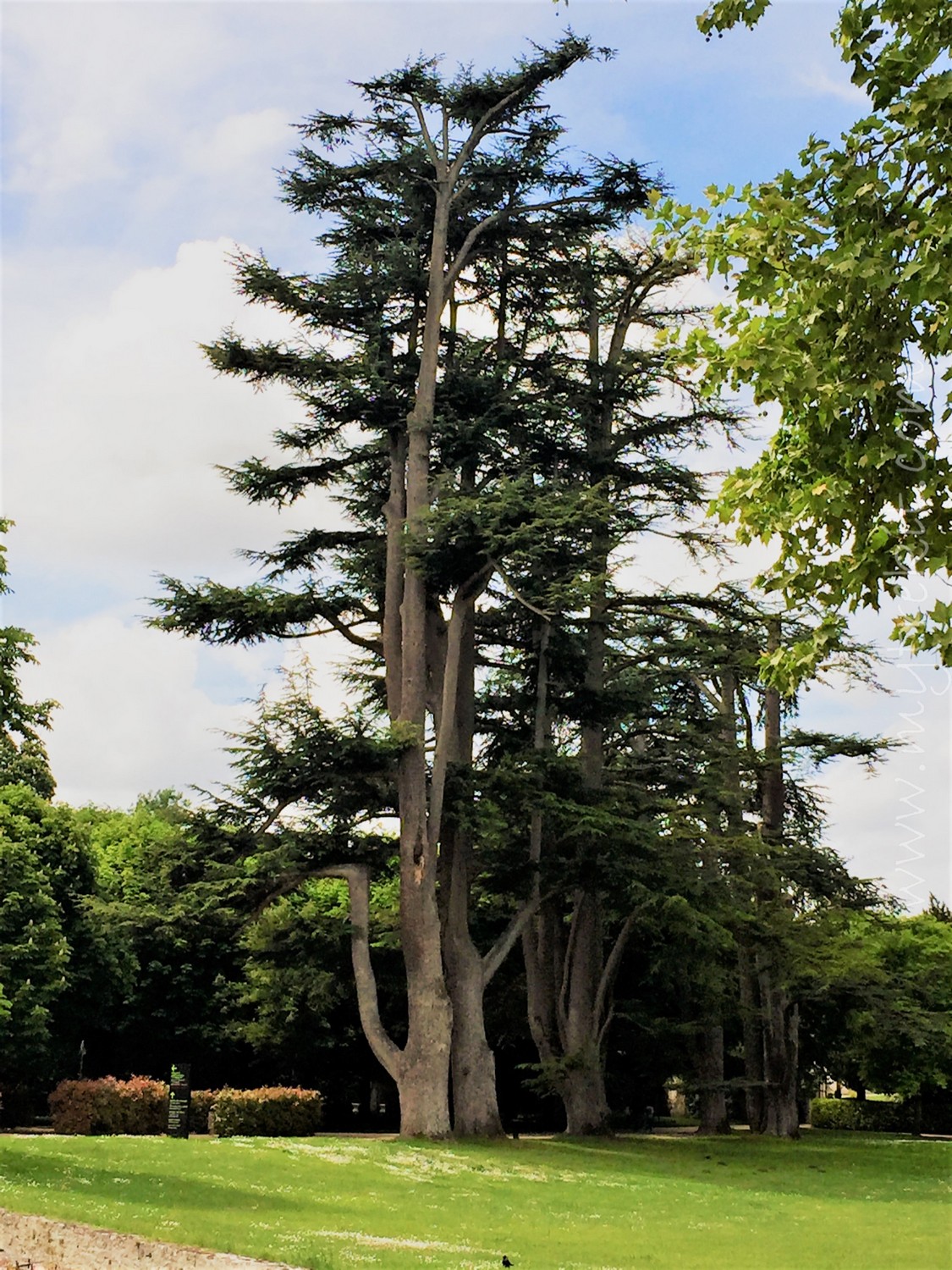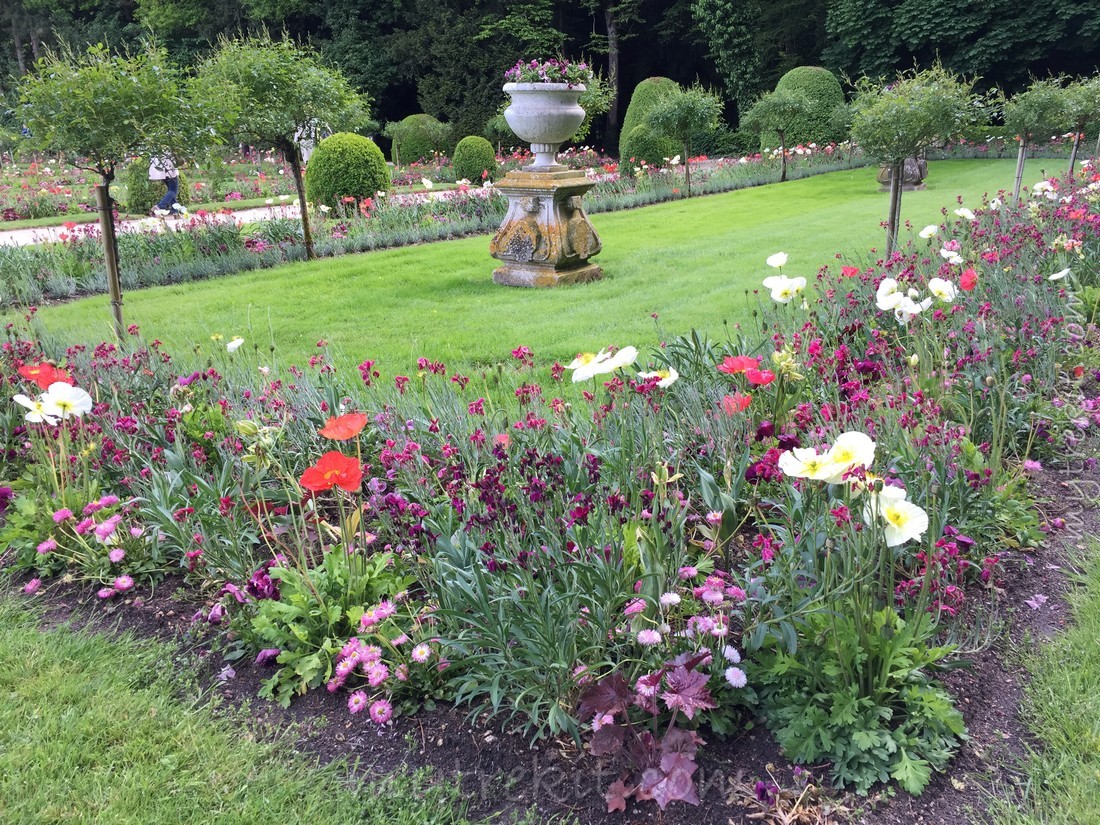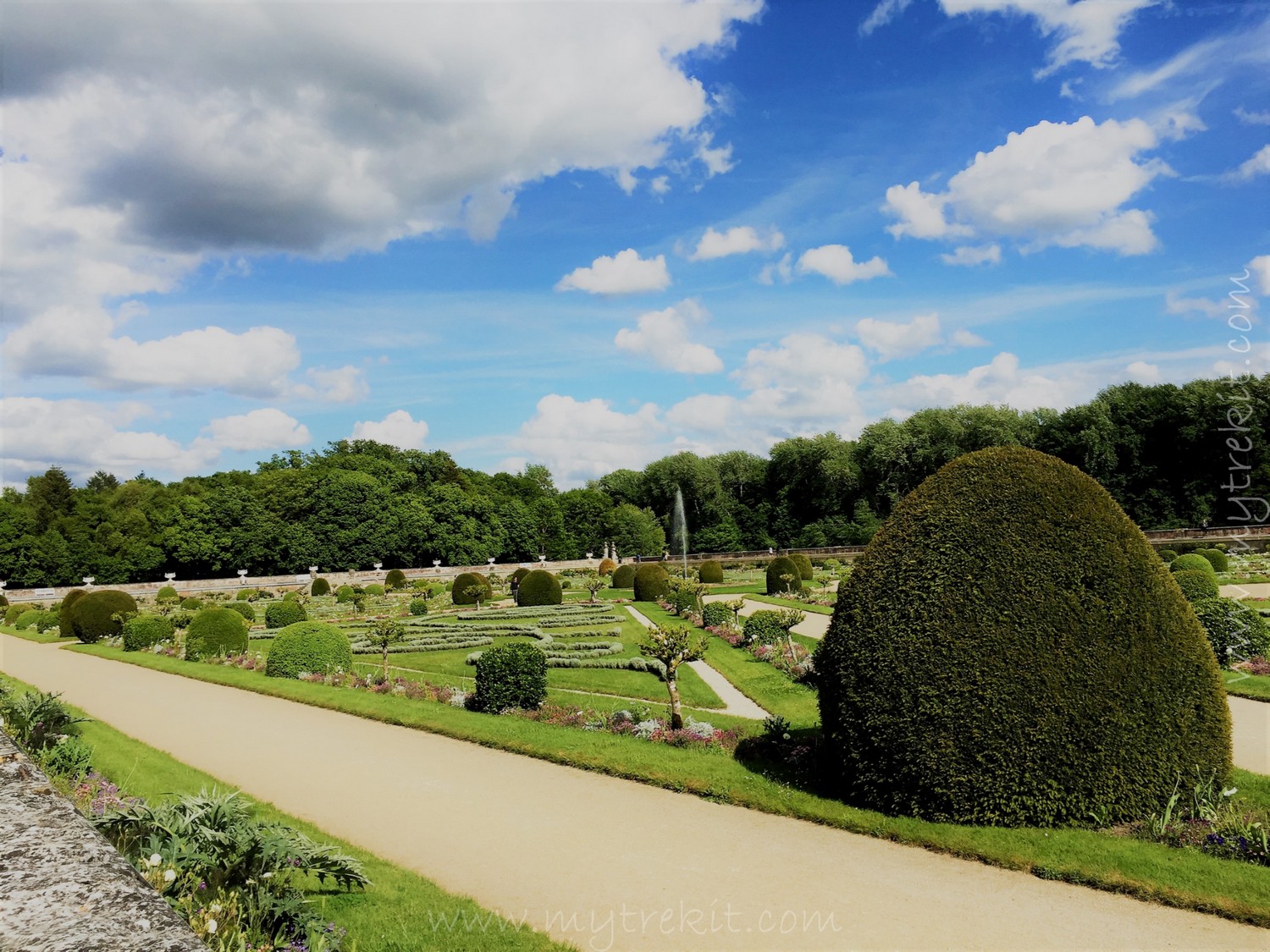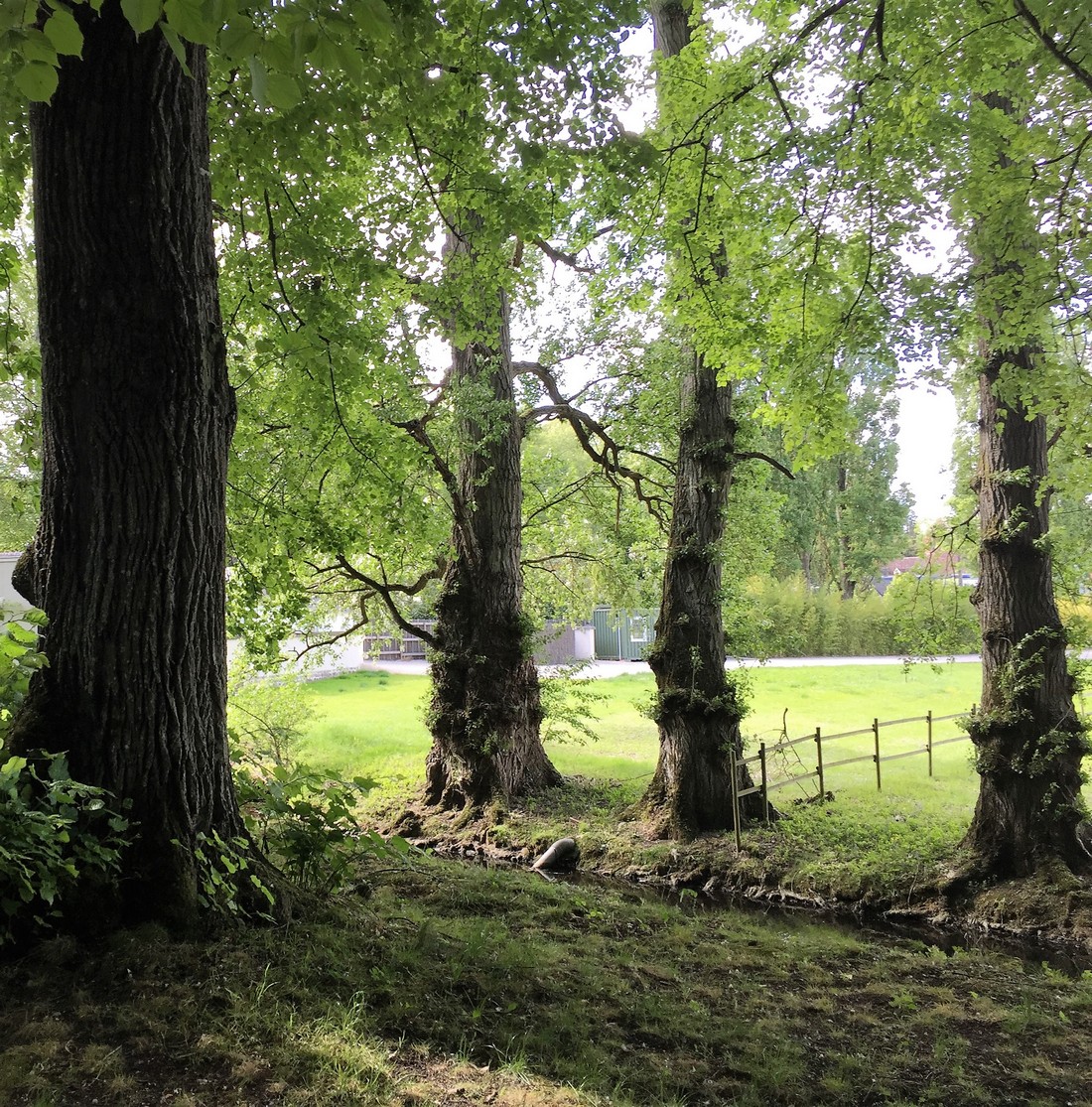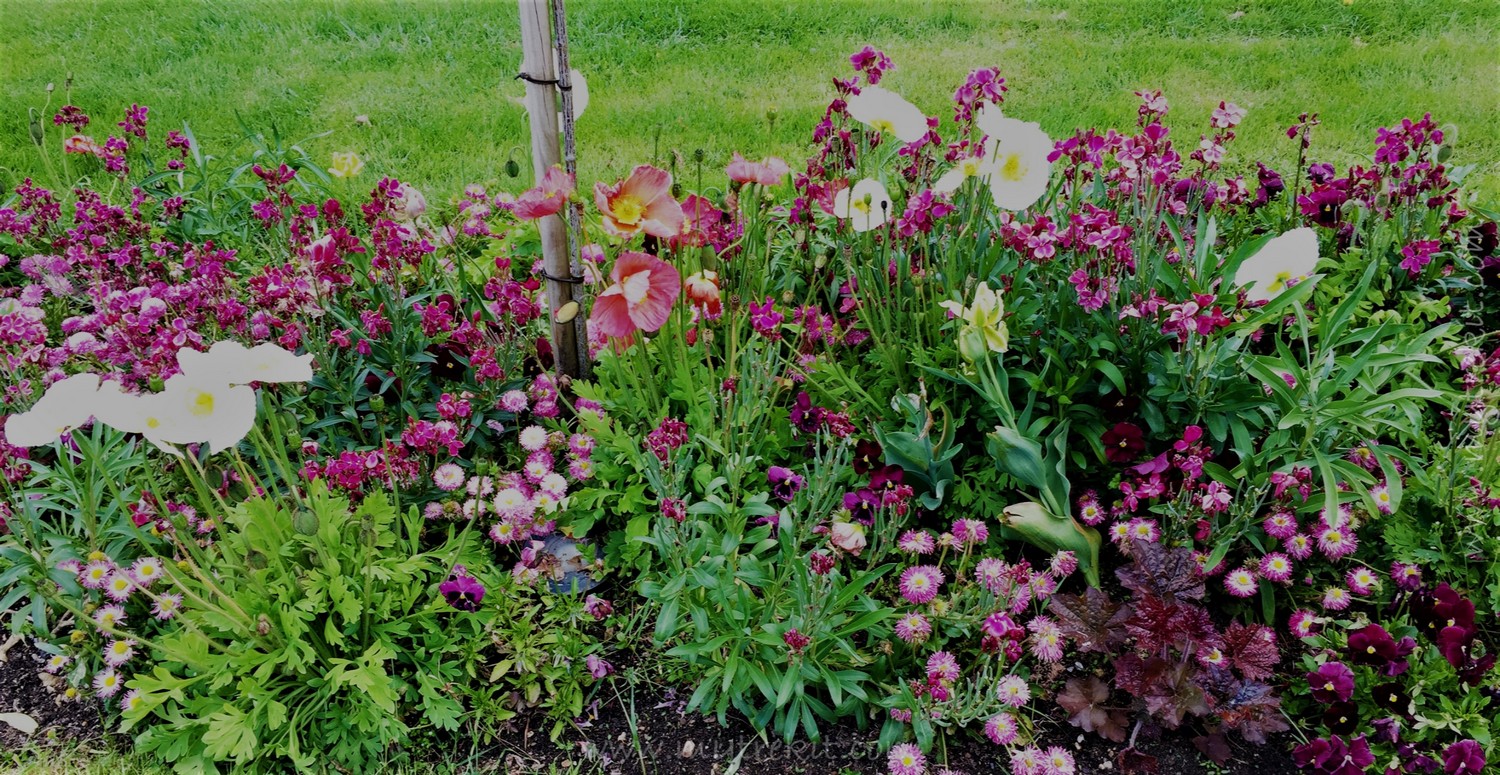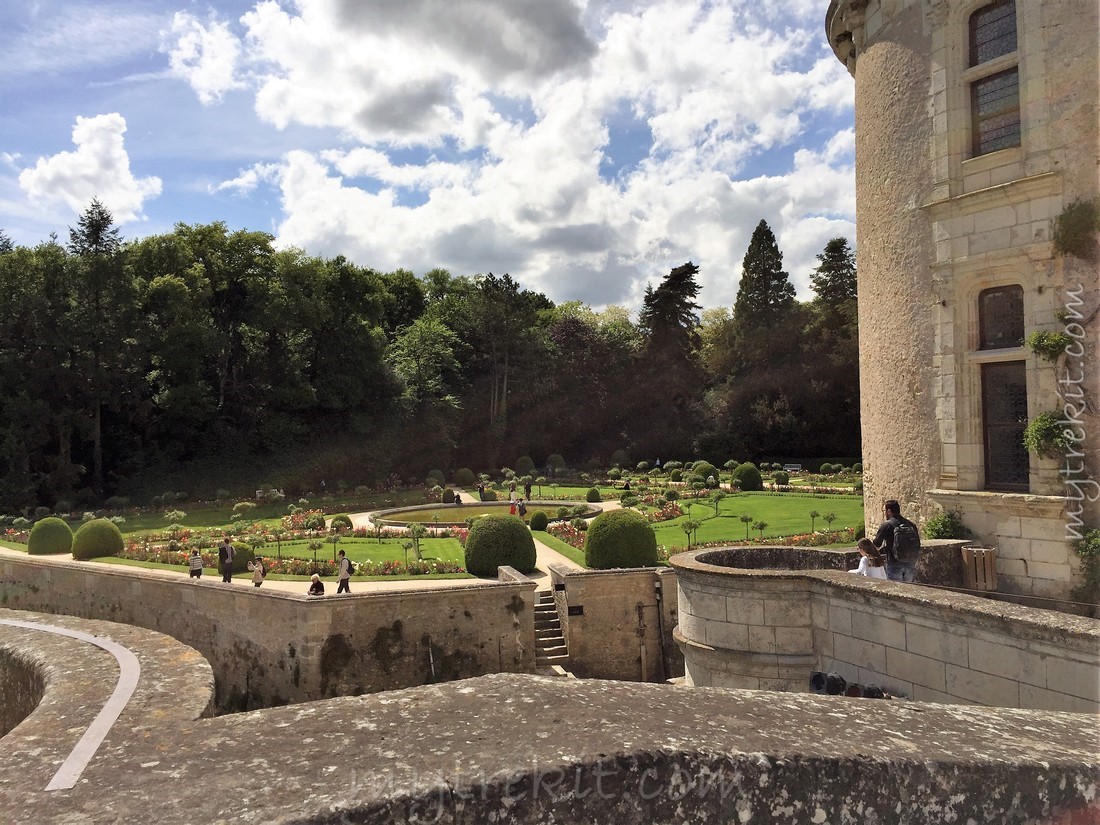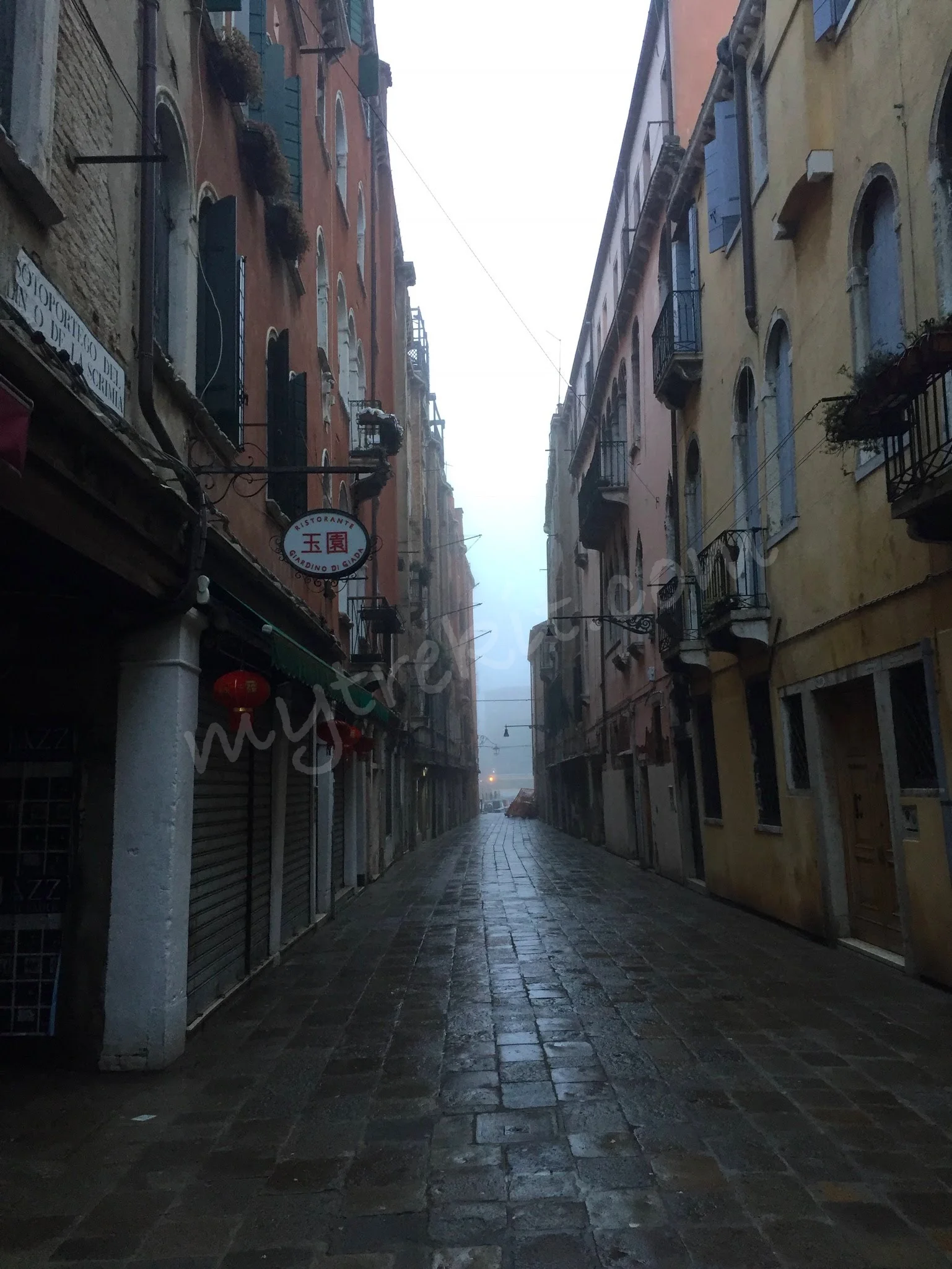French Chateau Trifecta: Chenonceau, Chateau d'Amboise, & Chambord
/Visiting French Chateaus in the Loire Valley (part 1 of 3)
Photo 1: Chenonceau; Photo 2: Chateau d'Amboise; Photo 3: Chambord
Sometimes...okay, all the time, when planning for trips, I look for opportunities to visit places that have been on my radar for a long time.
The Loire Valley has been enticing me for years to see its vineyards and several of its biggest treasures...Renaissance-Era Chateaux.
And I bet you’ve seen them in books or movies. They are iconic. The stuff of fairy tales with their magnificent, white structures, rounded towers (turrets), and graceful gray/blue roofs.
They did not disappoint. If you are planning a trip to Paris, a side trip of architectural castle-glory is waiting for you in the Loire Valley.
If you only have one day to spare, you could hop on an excursion tour from Paris. Or, spend the weekend in/around Amboise via various transport options, and take it all in slowly.
Each of the three castles featured has passed through the hands of royalty. Each structure looks very similar on the outside, but still offers unique characteristics, and their own story.
The first to be featured here is Chenonceau (pronounced: Shen nen sew').
Here's a 'first glimpse' on the footpath:
The road to any castle must impress.
It seems fitting for the most graceful of the three manors to have strong connections with women. In fact, Chenonceau is known as the ‘Ladies’ Chateau’. And rightfully so.
A succession of women have nurtured and protected this exquisite manor for centuries. Had it not been for these ladies’ tender loving care, the chateau would probably not exist today.
Its first benefactress was Katherine Briçonnet, who supervised construction on the chateau for eight years, making many important architectural decisions while her husband was taking part in wars with Italy.
Diane de Poitiers, mistress of King Henri II, was responsible for further developing the grounds and the building of the castle’s elegant first floor extension over the River Cher.
Henri’s widow, Catherine de Medici, and other famous French women continued to make remarkable contributions to Chenonceau. De Medici added the enclosure with a second floor over the bridge extension. Madame Dupin occupied the castle and used it as a popular salon, eventually saving the castle from destruction during the French Revolution. During the First World War, the long gallery over the river was used as a hospital for soldiers. Interestingly, during World War II, this same colonnade was a type of boundary separating the Free French from Occupied France.
If you love history as much as I do, Chenonceau’s history is well worth further reading. Better yet, see it for yourself. The second floor gallery features a brief exhibit with more details.
Is it any wonder this is the second most visited chateau in France? For now, enjoy the following photos of the castle, gardens, and the grounds.



